Blyxa aubertii
Scientific name: Blyxa aubertii
Family: Hydrocharitaceae
Maximum size reached under cultivation: 10 - 25 cm (3.94 - 9.84 inch)
014
Recommended pH range: 5 - 7
Recommended water hardness: 0 - 10°dGH (0 - 178.57ppm)
0°C 32°F30°C 86°F
Recommended temperature range: 23 - 28 °C (73.4 - 82.4°F)
Preferred propagation method: Lateral shoots
Native to: Southeast Asia
Growth rate: Normal
Recommended substrate: Fine gravel
Lighting requirements: Bright
Ideal placement in tank: Midground
🌍 Origin
Blyxa aubertii is native to Southeast Asia, including India, Thailand, and Indonesia. It thrives in slow-moving freshwater habitats such as marshes, riverbanks, and floodplains where it grows fully submerged.
💡 Lighting Requirements
Bright lighting is essential. Under high light, Blyxa aubertii remains compact and may develop reddish or bronze tones on the leaf tips. In lower light, the plant grows taller, remains greener, and becomes less dense. Provide 8–10 hours of bright light daily. Iron-rich fertilization enhances coloration and leaf production.
💧 Water Parameters
- Temperature: 23–28 °C (73.4–82.4 °F)
- pH: 5.0–7.0
- Hardness: 0–10 °dGH (soft to moderately hard)
🌳 Growing Conditions
Blyxa aubertii must be grown fully submerged. It requires bright light, nutrient-rich fine gravel substrate, and benefits significantly from CO2 supplementation and regular fertilization. Avoid strong currents, as its fine leaves are easily damaged. Gentle water movement is ideal.
📍 Planting Area
This species is best placed in the midground of aquariums. Its soft, grass-like leaves form dense, bushy clusters that provide a natural transition between foreground and taller background plants. When planted in groups, it enhances aquascapes with soft texture and depth.
🌱 Propagation
Blyxa aubertii propagates via lateral shoots that emerge from the plant base. These can be gently detached and replanted. Though it may flower under optimal conditions, seed-based propagation is rare and unreliable in aquariums.
⚖️ Difficulty
Moderate. Although hardy once established, Blyxa aubertii requires stable parameters, nutrient availability, and proper lighting. Without these, it is prone to melting or disintegration. CO2 and trace elements significantly improve its health and growth.
🛡️ Compatibility
This plant is compatible with most peaceful tropical fish and shrimp. Avoid large herbivores such as goldfish or plant-eating cichlids, which may uproot or damage it. It offers shelter to fry and small invertebrates.
🌿 Ecosystem Benefits
Blyxa aubertii absorbs excess nutrients from the water, helping to prevent algae and maintain water clarity. It contributes to the biological balance of planted aquariums and provides microhabitats for aquatic fauna.
📅 Dormancy and Maintenance
This plant does not typically undergo seasonal dormancy, but older leaves may melt if lighting or nutrients become inconsistent. Trim dead leaves regularly to prevent decay and promote new growth. Group trimming and propagation can prevent overcrowding and maintain desired shape.
📜 Short Description
Blyxa aubertii, known as the Bamboo Plant, is a popular midground species in planted tanks. Its flowing, grass-like leaves and dense structure make it ideal for Southeast Asian biotopes and nature-style layouts. With proper lighting and nutrition, it produces vibrant foliage and can form lush thickets. Though moderately demanding, it rewards experienced aquarists with elegant, natural beauty.
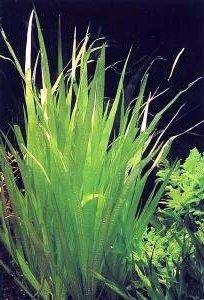
 Blyxa japonica
Blyxa japonica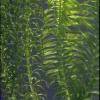 Egeria densa
Egeria densa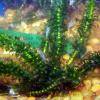 Elodea canadensis
Elodea canadensis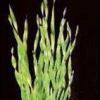 Vallisneria asiatica
Vallisneria asiatica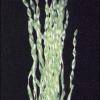 Vallisneria contortionist
Vallisneria contortionist Vallisneria gigantea
Vallisneria gigantea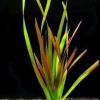 Vallisneria rubra
Vallisneria rubra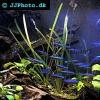 Vallisneria spiralis
Vallisneria spiralis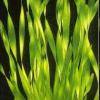 Vallisneria torta
Vallisneria torta